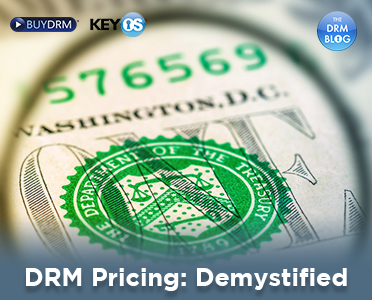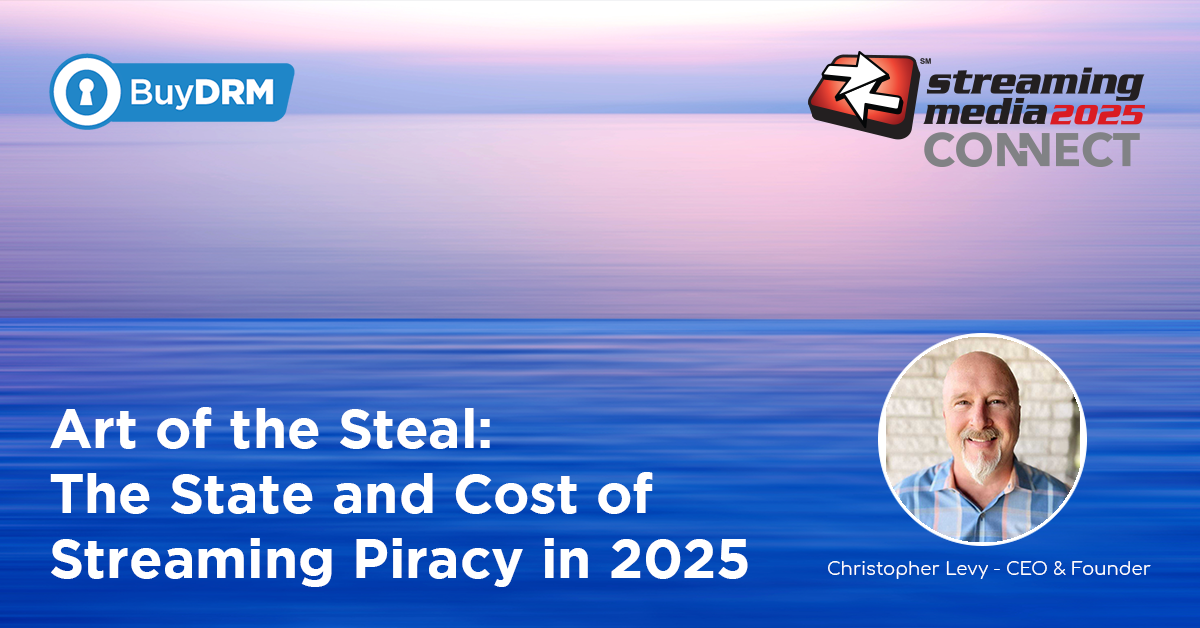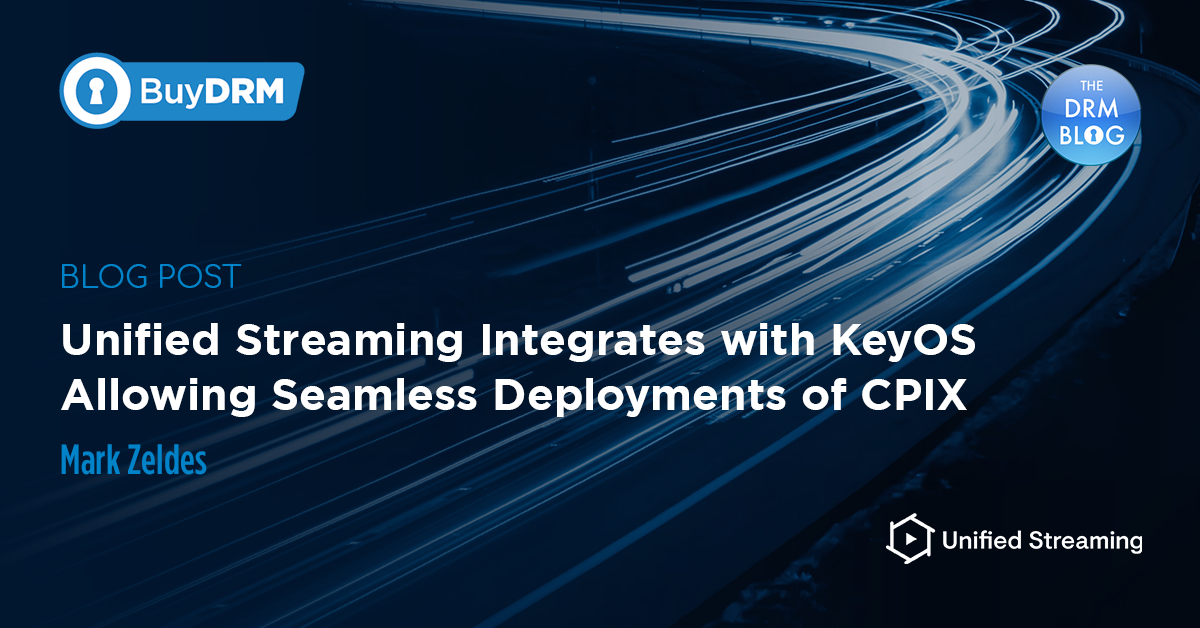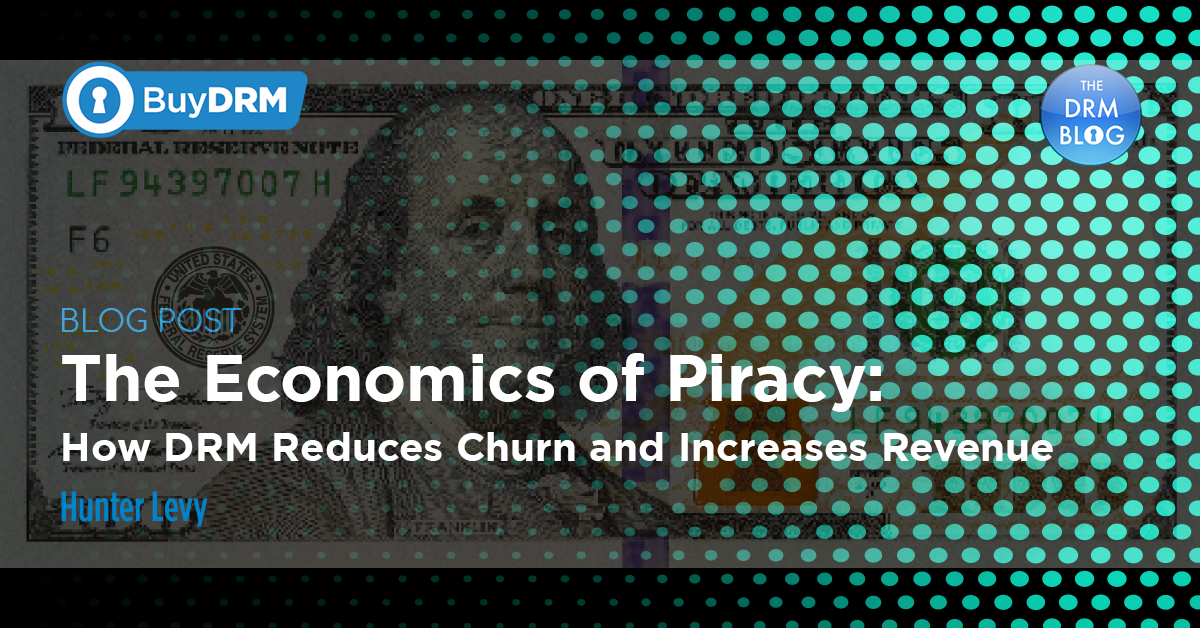Last year, in “Purchasing DRM Services: An Insiders View” I wrote about different options for purchasing DRM. In that article we compared Service Agreements vs. Software License Agreements and explained the various models offered by BuyDRM and how they relate to your business.
With this post we hope to further demystify questions around DRM pricing that will further your understanding of how DRM fits into your budgeting requirements.
In this report, we will be focusing on DRM as a Service (DaaS) rather than our Software Solution (Software License) model offered with our Secure Player SDKs and MultiKey Server Solution.
How is DRM Usually Priced?
The most common format of DRM pricing that you will see across the industry usually includes differing pools of licenses that are included each month as part of your monthly fee. Once the pool has been depleted in any 30-day cycle, we have overage tiers that become less expensive the more licenses that you use.
In our case, these plans start as small as 10,000 licenses and move on to infinity. We have packages that include 40K, 400K, 4M, 40M and Unlimited licensing. The more licenses that you buy, the less expensive they become.
What is a License?
The next obvious question becomes – what do you consider a license? In order to implement DRM, there are three major things that need to happen.
1. In order to encrypt the content, it must be encoded into a suitable streaming format and then packaged using encryption keys –MPEG-DASH for PlayReady and Widevine and HLS for FairPlay.
2. The Middleware or CMS must be able to allow you to authenticate your user and pass a token or, in our case, an authentication xml to the player. This authentication xml is encrypted and digitally signed by you and includes the rights that you would like to express to the user.
3. The player will notice that the content is encrypted and first check to see if it already has a license to play the content. If it does not, it will ping our server for the decryption key.
4. Each response = 1 license with each license tied to the specific device that is consuming the content.
How often that happens depends on several different factors. The first is how that content packaged. In a VOD scenario, if each title is packaged with a separate encryption key, for the user to consume different titles a new license will have to be delivered for each new piece of content viewed on each device. However, if an entire catalogue of content is encrypted with a single key, a single license will unlock the entire catalogue.
Similarly, for Live content, if each channel is package with a separate key then each channel will require a separate license. If they are packaged with the same key, then a single license will unlock them all.
Can Licenses be Persisted?
Another factor to consider is which playback platform the content is being consumed on, and perhaps more importantly, does the player support persistent licensing.
BuyDRM has been supporting downloads of DRM content for nearly a decade now. However, the main question here is not does your DRM Service provider support persistent licensing and downloads, it’s does your player provider support persistent licensing and downloads.
The reason this becomes important is that, depending on the playback platform, if a STB or Exo player, or A/V player and most HTML5 Players, are closed or otherwise shut down, it will not store the license. This means that even if the same device or same user were to try to access the same piece of content, a new license will need to be delivered.
Our Secure Player SDKs are shipped supporting downloads and persistent licensing out of the box. This means licenses can be persisted on the device and that it will not have to obtain new licenses to consume content for which a license had already been delivered unless that license had expired.
But Wait, There’s More
Since we are not the arbiter of your content or the rights that you would like to express to the user, we are agnostic to how your content is packaged or how long you would like to persist a license on the device.
From our standpoint, while not best practice, you could package all your content with the same key and persist the license to infinity (if the player supports it). However, the Content Owners probably have a different opinion.
In order to estimate your license usage, it is important to review your agreement with the Content Owner. Content Owners will most likely require that you package each piece of content with a different key. They may even have requirements around how long those licenses can be persisted. With Live content they may also have terms around how often those keys need to be rotated.
Without knowing the terms of the agreement with the content owners and the habits of your users, budgeting for DRM purchased on a consumption-based model, is challenging.
The good news here is that DRM licenses are relatively inexpensive. With that in mind it is best to assume that each view will consume a license, in which case you will likely overestimate your DRM usage allowing you to be pleasantly surprised when the license count comes in a bit lower than you anticipated.
In the meantime, let us know what you think. Contact Us for a free DRM Checkup. We look forward to your feedback and always welcome the opportunity to reconnect.












